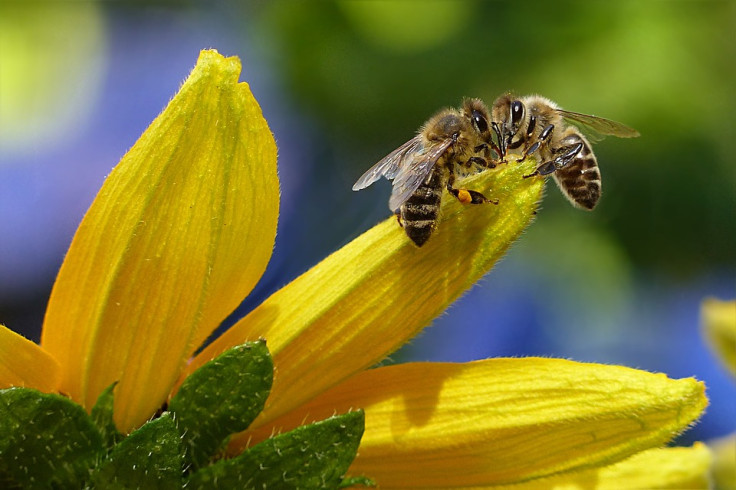With bee species rapidly dying off, scientists create first global map to save them
Researchers combined data from more than 5.8 million records on public bee occurrences, with a checklist of the distribution of more than 20,000 bee species.
The bee population is dying due to a host of human-induced factors like climate change and pesticide poisoning. Now, scientists have taken a key step towards the conservation of bees.
A study titled, "Global Patterns and Drivers of Bee Distribution" published in the journal Current Biology, revealed how scientists created the first modern map of species of bees found globally so that they will be able to ascertain where bees live in order to be able to conserve them. The scientists presented a global bee species richness reconstruction and found that xeric and temperate zones host higher numbers of bees as compared to tropical areas, and that plant productivity is also important.
In an email sent to CNN, Michael Orr, the study's first author and a postdoctoral fellow at the Chinese Academy of Sciences' Institute of Zoology, said that what they have done is an "important first step" as through this, they can start working on threats to bees like climate change and habitat destruction. They are also looking at better incorporation of pollination services in the ecosystem service analyses.
To map out the bees on a global scale, researchers combined data from more than 5.8 million records on public bee occurrences, along with a checklist of the distribution of more than 20,000 bee species. The data could be accessed at discoverlife.org, a biodiversity portal.
The results of the analyses of the researchers showed the distribution of bee species in various geographic locations. There are more bees in the Northern Hemisphere compared to the Southern Hemisphere. They found out that there are not many bees in tropical, humid, and forested areas, but there are more in temperate environments and in dry deserts.
By understanding the distribution of bee species, it will create a huge impact on the survival of the species in the future. This will also pave the way for better conservation efforts. Being able to protect the habitats of the species that are being destroyed by climate change is one major step.
For a long time, scientists have hypothesised that there are more bee species in areas that are away from the North and South poles but fewer in areas near the equator. The results of the study of Orr and his colleagues clearly supported this.
© Copyright IBTimes 2025. All rights reserved.






















